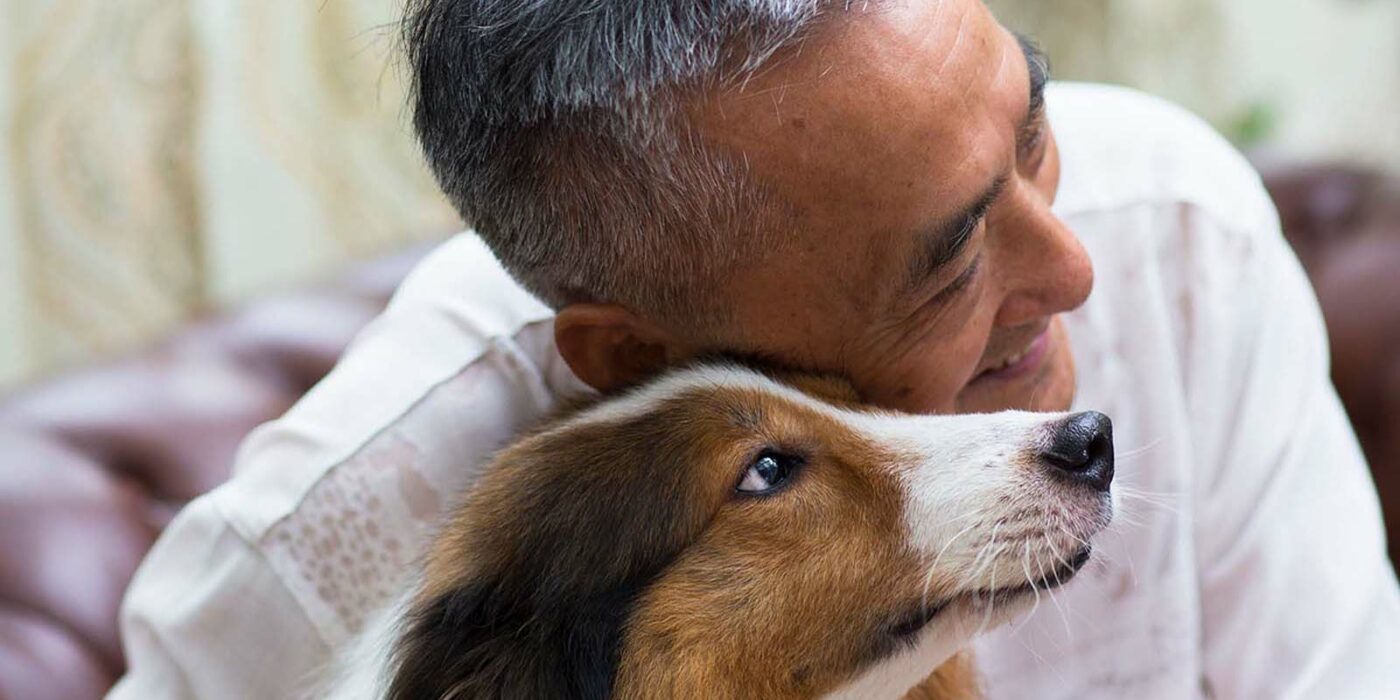Blooming with Age: How Digging in the Dirt Enhances Health and Happiness
If you’re a gardener, then you’re a special type of person. Gardeners have full faith in the potential of things they cannot see. They take a certain pride in their collaboration with Mother Nature from the tiniest win to the most glorious, showstopping outcome. They have patience, at least in the garden. LOL. They love getting their hands in the dirt and enjoy sharing the experience with other gardeners. Their conversations can seem entirely uninteresting to non-gardeners and they’re okay with it. They share plants, seeds, knowledge, and offer advice and wisdom learned from their gardens. Because it’s the most popular hobby for older adults, it’s easy to connect with people who share a love for this magical, somewhat mystical pursuit.
“To plant a garden is to believe in tomorrow.” – Actor, Audrey Hepburn
I will confess that I started out in my early twenties as a naïve gardener. Living in the country, I planted a full vegetable garden that I thought I would take care of myself, until milkweed took over and I quickly lost interest. I obviously had no clue what I was doing. At the time, gardening was a great analogy for my life; I had a lot of weeds taking over there too. I’ve learned over the years that my interest in gardening is in taking care of plants that for the most part, take care of themselves. Our perennial garden suits this reluctant gardener perfectly.

“Take a look at the plants. They come together and thrive peacefully in the garden or park. They lean on each other without trying to outdo one another. They serve as a sign that we can see beyond our differences and embrace each other in love while allowing our uniqueness to add colour to our world.
If plants can live in harmony and show their beauty to the world, we as humans can do much more.”
– Author, Kemi Sogunie
Right around the first Monday after Christmas, I start counting Mondays until Spring. I learned this from a tv studio director I worked with who was an avid golfer. He counted Mondays until he could swing a golf club, and I count them because it gives me hope that the sleepy little treasures under the soil will start to rally again in the warmth of Springtime. I know plenty of gardeners and golfers who celebrate the countdown with me.
Dan Buettner, an American longevity researcher found that people who live in what are known as Blue Zones around the world tended to live longer. His research showed that there is a higher concentration of centenarians living in the areas of Okinawa Japan, Sardinia Italy, Nicoya Costa Rica, Loma Linda California, and Ikaria Greece. It turns out that gardening plays a key role in supporting both well-being and longevity in the Blue Zones. What we can learn from these “wise agers” is that daily physical activity, which includes gardening, encourages flexibility, endurance and strength without ever visiting the gym. Gardeners will often tell you that it’s their therapy because being present with the plants and the soil not only promotes mindfulness, but it also lowers stress and reduces anxiety. Tending a garden, feeds both passion, which gives us energy, and purpose, which gives our life meaning.
“When gardeners garden, it’s not just the plants that grow, but the gardeners themselves.” -Author, Ken Druse
When gardening is a shared experience, in a community garden for example, we develop social connection through our shared interest, which helps create a sense of belonging, something we need, especially as we get older. Getting our hands into the soil connects us with bacteria that can produce the happy hormone serotonin in the brain, enhancing our mood and helping us to feel more relaxed. We boost our immune system too by introducing different microorganisms into the body and getting our hands in the earth is good for our skin. I should mention that we can plant a container of herbs on our windowsill and call ourselves a gardener. This should be fun, and it doesn’t have to be fancy or overly ambitious. Whether we’re vegetable gardening for delicious results or growing flowers for joy snacks, any type of gardening yields the satisfaction of knowing that we’ve created something with our hands.
“Life is a garden. It is an opportunity. You can grow weeds; you can grow roses. It all depends on you.” -Philosopher Rajneesh
Can we talk about weeds for a minute? They’re just wild plants, right? But because our flowers and vegetables are the main characters in the garden, we weed to give space to what we want to keep and discard what isn’t aligned with our goal, which is to produce beautiful flowers or vegetables. My pal Natalie mentioned that weeding is a great analogy for life, and I got giddy at the idea because it’s a powerful metaphor. Why would we hold on to relationships that aren’t aligned with our goals in life? Why don’t we weed out or edit out people and situations that drain rather than fuel us toward our goals?
Gardening is a brilliant endeavour with a lot to teach. You could say it’s a holistic approach to living, encompassing not only physical exercise but also relaxing our thinking mind, as we enjoy all the benefits of nature while connecting with others. It’s good for our self-esteem, our memory as well as our sense of purpose and community. It’s a powerful prescription for wellness with plenty of benefits and no negative side effects.










